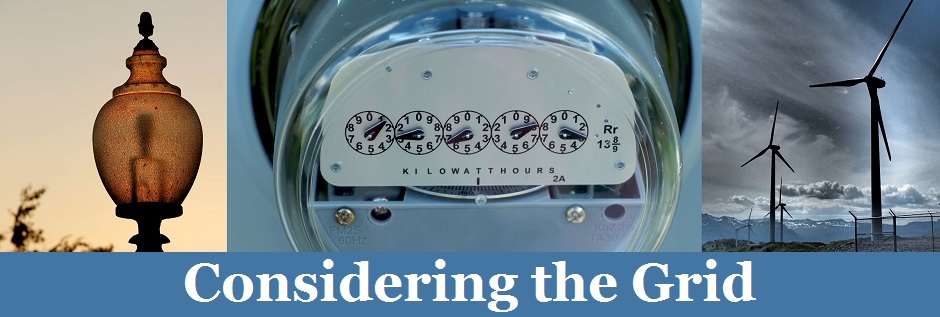When EPA submitted its Clean Power Plan Model Trading Rules to the White House Office of Management and Budget for interagency review on November 3, 2016, it was widely expected that the rules would be finalized before the end of the year. But that will not be the case. EPA announced today that it has withdrawn the rules from interagency review and is making the draft preamble and regulatory text available to the public, stakeholders and states. EPA is also providing:
- Draft guidance on evaluation, measurement, and verification (EM&V) to measure energy efficiency savings from demand-side energy efficiency consistent with the CPP and draft rate-based model rule;
- A draft white paper on tracking systems for CPP emission trading systems; and
- A draft technical support document describing potential approaches that state plans using mass-based emission budget Trading Programs can use to meet CPP leakage requirements.
In releasing the draft documents, EPA clarifies that they are deliberative documents—not final agency action—and have no legal force or effect. Although EPA was “not required to release [the documents] at this point in the process, [it] thought it appropriate to provide the public with [its] work to date on these topics.” Specifically, EPA states that it
ha[s] been developing these materials in significant part in response to requests made to the EPA by a number of states and stakeholders over the past year for information that could assist them in pursuing actions – some pertinent to the CPP and others not directly related to the CPP – to address carbon dioxide emissions from the power sector.
EPA also states that it “believe[s] that the work [it] ha[s] done to date can . . . be of assistance to states to the extent they develop their own programs for their own purposes.”
The reasons for EPA’s decision to withdraw the model trading rule from interagency review were not stated. Had EPA continued on the path to finalizing the rule, however, it is unlikely that all of the steps needed to conclude the rulemaking would have been completed prior to the administration change. Given the uncertainties associated with that change (including with respect to the fate of the Clean Power Plan), EPA may have acted now to ensure the availability of information that the Agency perceives has a potential value to individual states and stakeholders.

